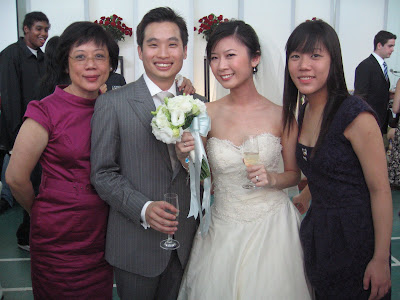what is the picture at the top?
is it a nest of millipedes?
or just a miniature walking stick?
is it some sweet kiddy stuff?
maybe a plant found in the wild?
talking about millipedes reminded me of a trip we made to penang many years ago. we were so confident of getting a room in a hotel that we did not pre-book our accommodation. we ended up scouring the whole of georgetown and the batu ferringhi area but there was not a single room in sight. desperate we decided to try our luck at the hotel atop penang hill.

i think the hotel is called the bellevue. although we were afforded a panoramic view of the surroundings and we enjoyed some of the attractions on the hill, it was quite a bother to travel to gurney drive and other places of interest in penang because we had to make use of the funicular railway service. our car was parked at the base of the hill.
i cannot remember much about the hotel except that it was quite spartan with basic amenities. but what i can remember quite vividly is the 'giant' millipedes that we chanced upon in the flower pots outside our hotel room. there were two of them and they were as long as an adult centipede. we only looked and did not dare to touch.
you can see a picture of giant millipedes here.















 ida with puay ngan and elijah
ida with puay ngan and elijah
 ida and ting ting (pei chun school mate)
ida and ting ting (pei chun school mate)



 (photo from national archive of singapore)
(photo from national archive of singapore)






























